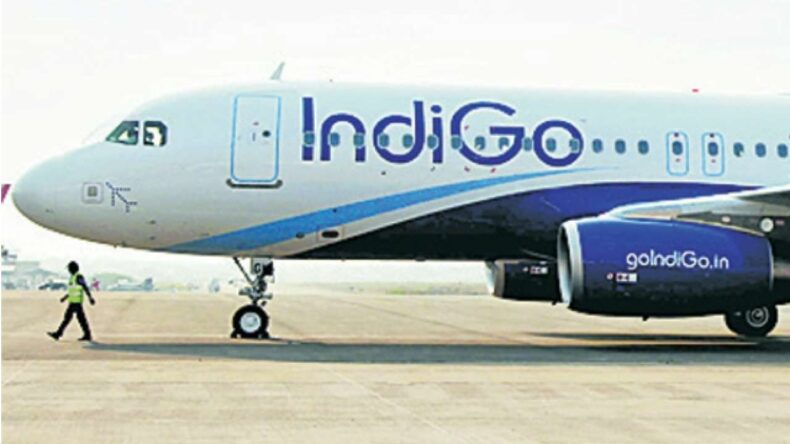The largest airline in India with a domestic market share as large as 57.5%, as of April 2024, IndiGo Airlines’ board is likely to approve an order of 500 Airbus agreement with Airbus SE, overthrowing Air India’s 470-plane deal in February. This makes it the biggest Indian aircraft deal so far. With operations beginning in 2006, with just one aircraft, IndiGo has come a long way. The airline has established a reputation for its minimalist approach to air travel and commitment to punctuality which has set an industry standard.
What does the deal have in store?

It is expected to order a 300 longer-range A321Neo and A321XLR aircraft, highlighting the airline’s plans to accelerate international flying. At list price, the order is worth $50 billion, however, the actual cost is expected to be much lower as such heavy orders are often accompanied by huge discounts. These new aircraft are speculated to be operational for IndiGo’s flights to various places in the United States such as New York, Boston, Chicago and Washington via Turkey in Istanbul. Additionally, in anticipation of this announcement, investors witnessed the stock of Interglobe Aviation, which is the parent budget carrier of Indigo, increase by 0.06 per cent to Rs 2,431.15 today.
This deal is expected to be conducted at the Paris Air Show, which will last till June 25. However, officials have refused to comment on it.
Consequences of the deal
If this agreement is finalised, then this would only add to Indigo’s existing backlog of 500 planes from previous deals. If IndiGo proceeds with its potential order for a substantial number of aircraft, it would serve as a powerful indication to other airlines, emphasising its determination to uphold its dominant position in the market.
According to the latest Airbus India Market Forecast, the projected demand for new aircraft in India is estimated to reach 2,210 by 2040. This outlook reflects IndiGo’s foresight and willingness to make future investments, solidifying its steadfast commitment to expansion and continued dominance in the Indian aviation industry.

By the end of December 31, 2022, the company possessed a fleet of 302 aircraft which comprised 23 A320 CEOs, 160 A320 NEOs, 78 A321 NEOs, 78 A321 NEOs, 39 ATRs, and 2 A321 freighters. Notably, the fleet expanded by a net of 22 passenger aircraft and 1 freighter aircraft during the quarter. Additionally, IndiGo reported a peak operational capacity of 1,685 daily flights, encompassing both scheduled and non-scheduled flights. Throughout the quarter, IndiGo served 75 domestic destinations and 22 international destinations, as per the company’s statement.
For the March quarter, the company reported a profit of 919.2 crores, as compared to a net loss of Rs 1,682 in Q4FY22. The airline company’s revenue from operations jumped 76.53 per cent year-on-year to Rs 14,160 crore in the March quarter, from Rs 8,021 core in the same period, a year ago.
Among the chaos and frenzy of GoFirst filing for bankruptcy, IndiGo has benefited the most. As per data, in May, the market share of IndiGo shot up by 61.4 per cent, indicating a 3.9 per cent increase from April.
According to Indigo’s CEO Pieter Elbers, the company has ambitious plans to carry 100 million passengers in FY24. Very recently, IndiGo cleared permission from the government to fly passengers to Africa, with flights originating from Mumbai to Kenya. The air operator will also be expanding routes to Jakarta, Tashkent, and Almaty. These strategic investments and key decisions continue to shape India’s aviation market and possibly reflect a tough, cutthroat competition.













